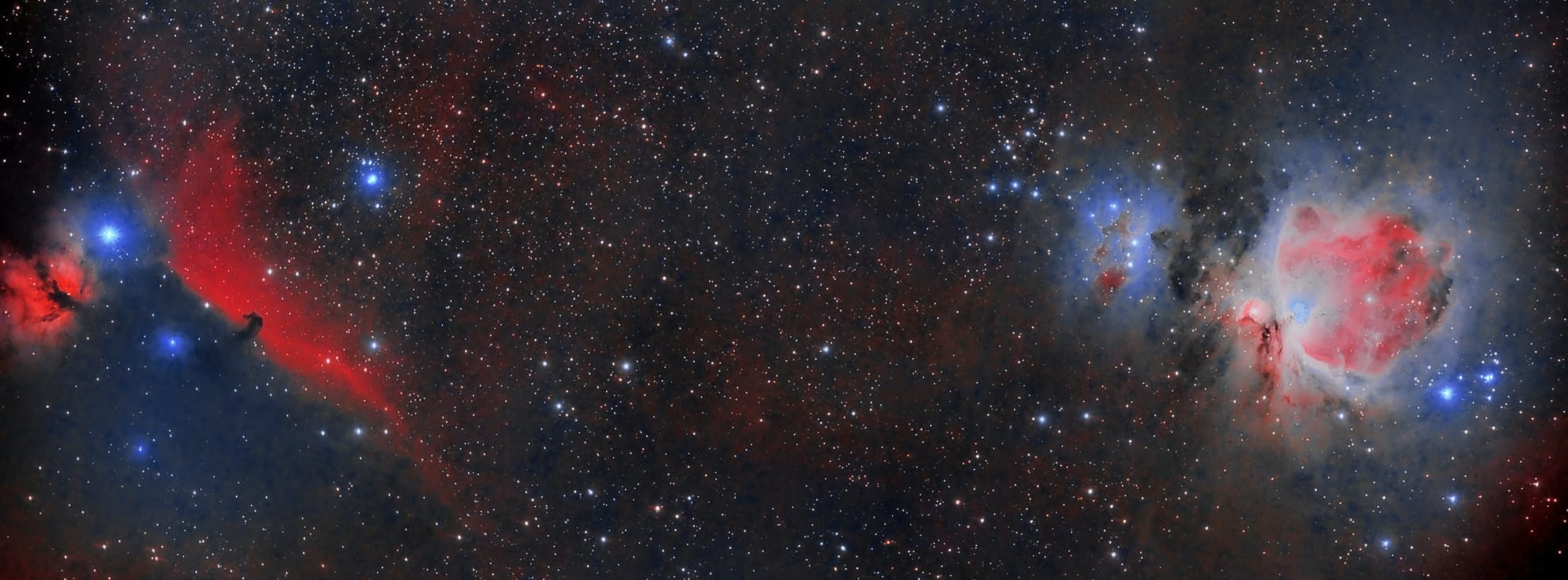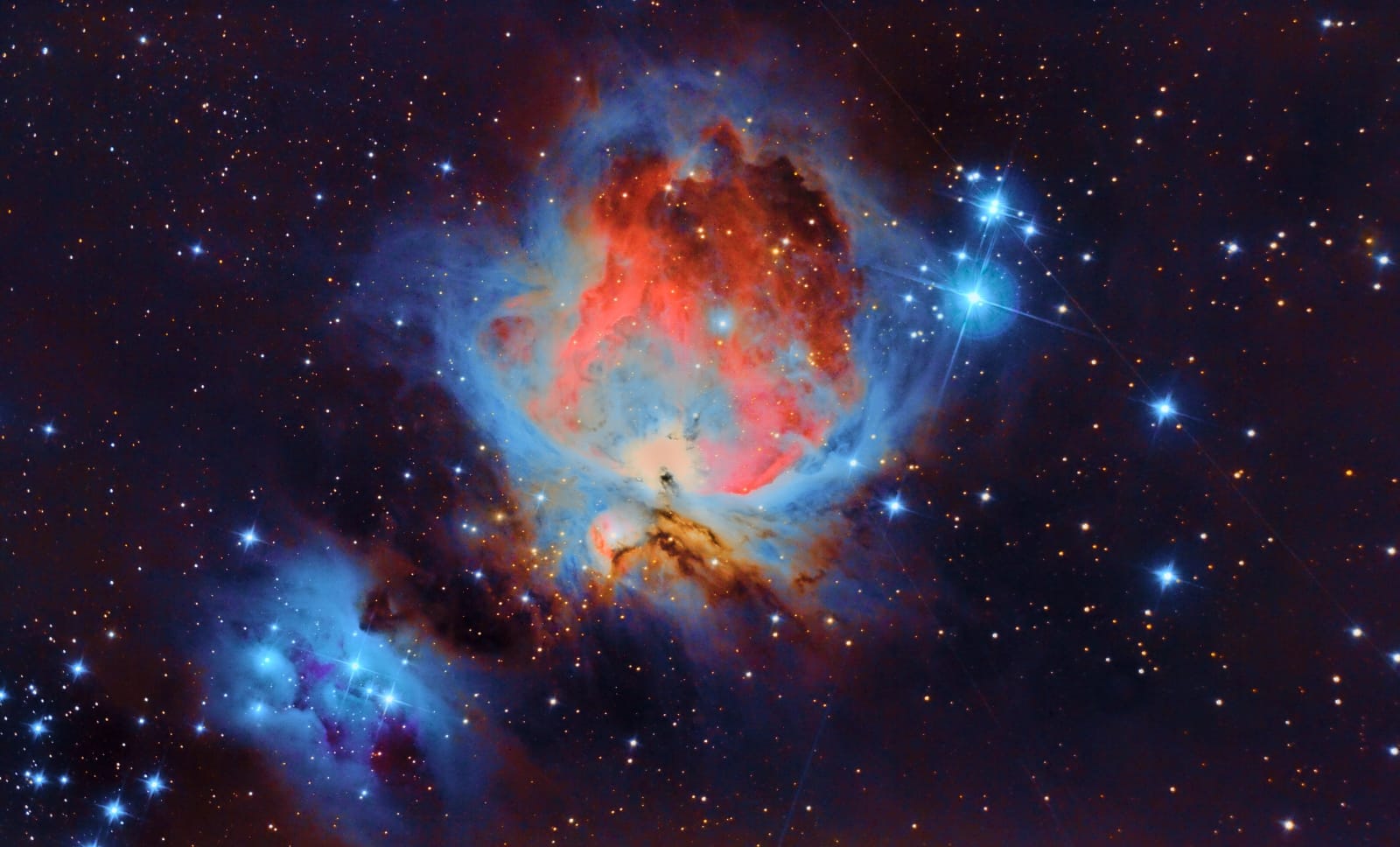
It is not easy to be a star, and I don't mean Hollywood stars, I mean real stars. Those that like our Sun are there in the sky made of gas (mainly hydrogen) and dust (solid particles like silicon) that are formed inside nebulae by accretion of these materials.
Perhaps we should, in order not to get muddled, define what we mean by a star. What is the concept of a star, from an astronomical point of view?
The dictionary of the Spanish Royal Academy defines two interesting concepts as stars, in its first definition it says: 1. f. Each of the celestial bodies that shine at night, except the Moon.
In the tenth definition it says: 10. f. Astron. Celestial body that emits light and heat radiation etc. produced by thermonuclear reactions; p. eg. the Sun.
Firstly, we can say that it would be any object that shines in the sky naturally, except the Moon.
Section ten defines more specifically what a star is from an astronomical point of view.
A celestial object that emits light, heat radiation, etc. produced by a thermonuclear reaction: this will be the definition we’ll follow from now on, it will be this type of object we refer to as stars.
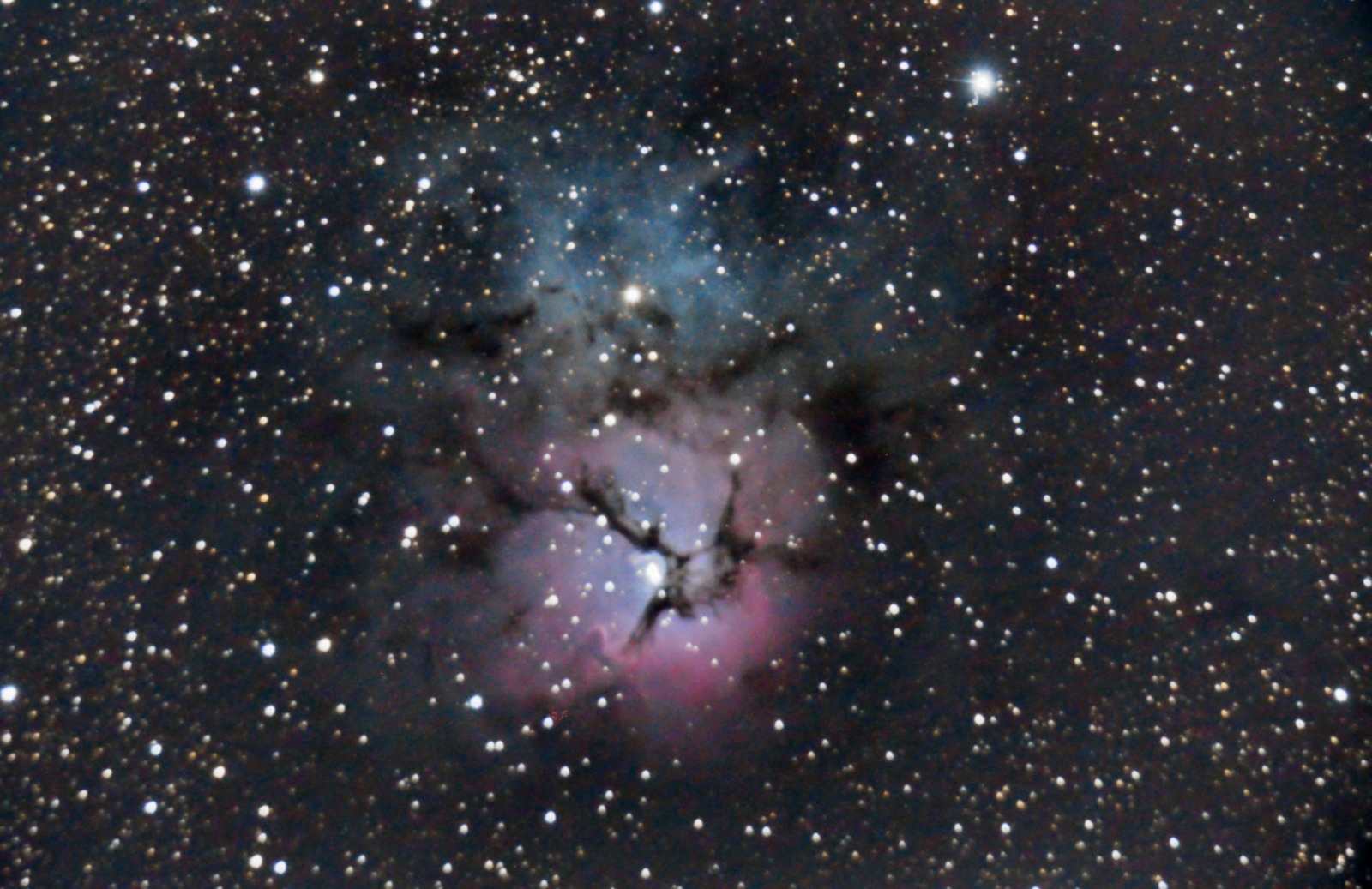
Therefore, the stars that form galaxies, the planets that revolve around them, the contents of the planets including living forms, and therefore we ourselves also are matter. The water from the rivers, the wine from our winery, the oil and wood of the olive tree that produces it, the blood that circulates through our veins and our brain are matter.
Therefore, matter is the substance that shapes everything in the universe.
This concept is really daring and challenges our understanding a bit. Well, it is difficult to assume that everything in the universe is made with the same material. Therefore, we will assume that a star, a planet and a human are made of the same matter.
However, although it seems impossible, this is so and there’s a simple and easy way to explain it.

The same happens with liquids, water, oil, wines and many others, they are also different from each other.
We can observe the same effect with gases: butane, propane, natural gas, etc. etc.
How can it be, then, that all these forms and states are made of the same basic matter or substance?
And, what is more, how can stars be made of that same matter? Well let's see.
The small dimensions of planets, asteroids, brown stars and many other celestial objects allow matter to organize itself into atoms of different characteristics, with different numbers of electrons, protons and neutrons. (See the periodic table of the elements). These different types of atoms join together to form molecules that we can analyze, see. measure and study, and, therefore, know what material we are talking about. By its molecular composition, we’ll know if it is a liquid, a solid or a gas and within each of them if what we have before us is a glass of wine or piece of bread.
So, we analyze our environment and we see that we have a huge amount of different substances ... and is all that in the Sun and the stars? Yes.
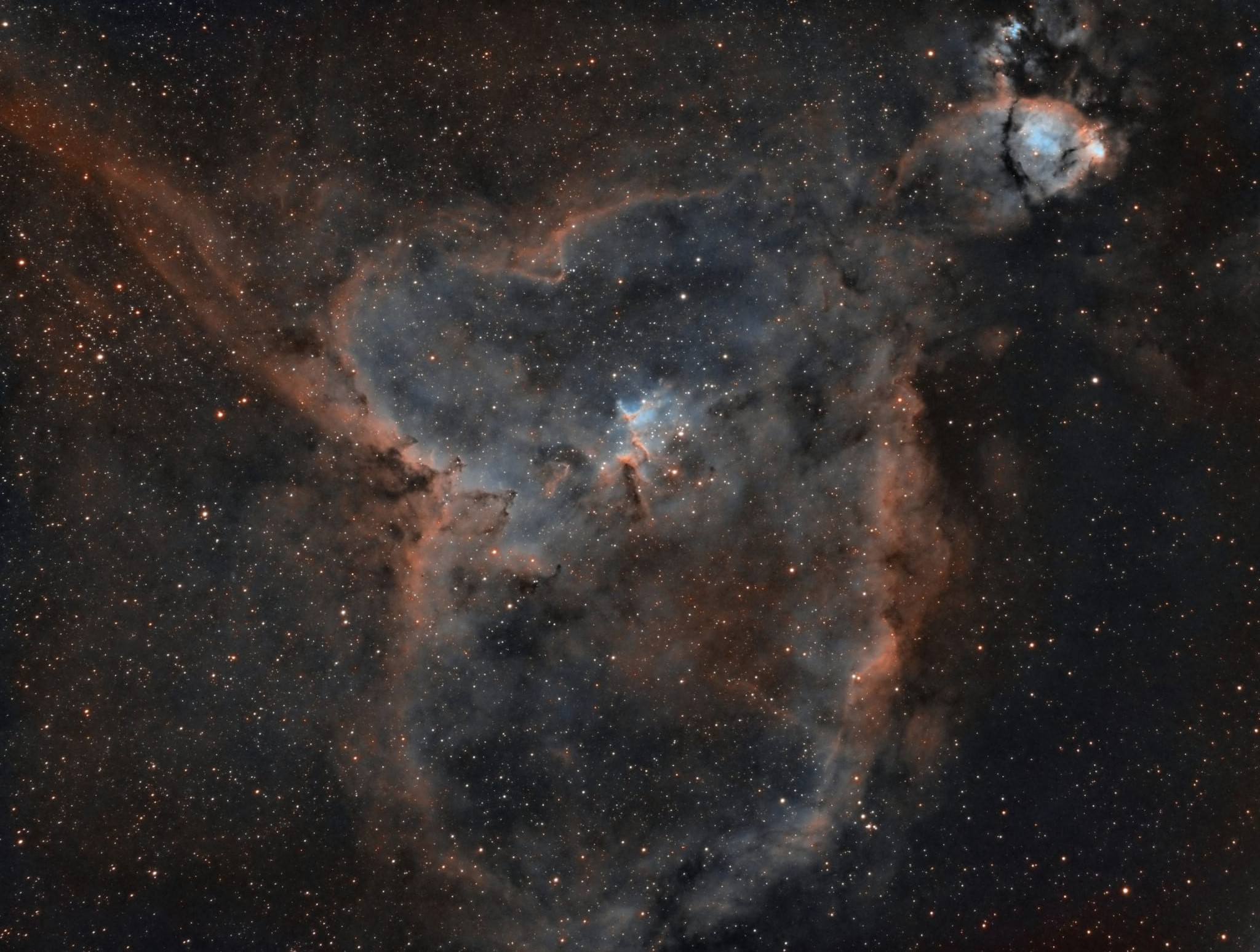
How do you get to that very different state or how is a star born? As we know, stars are formed by the accretion of gas and dust that are the components of nebulae.
For some reason, at a specific point in the nebula a significant amount of matter agglutinates, that matter attracts more matter from its vicinity, its gravity increases and its power of attraction also increases. The object attracts everything in its path and cleans its surroundings. This makes it a protostar, it is not yet a star, but it is the germ, the embryo, of which in a few million years we will have a bright young star.
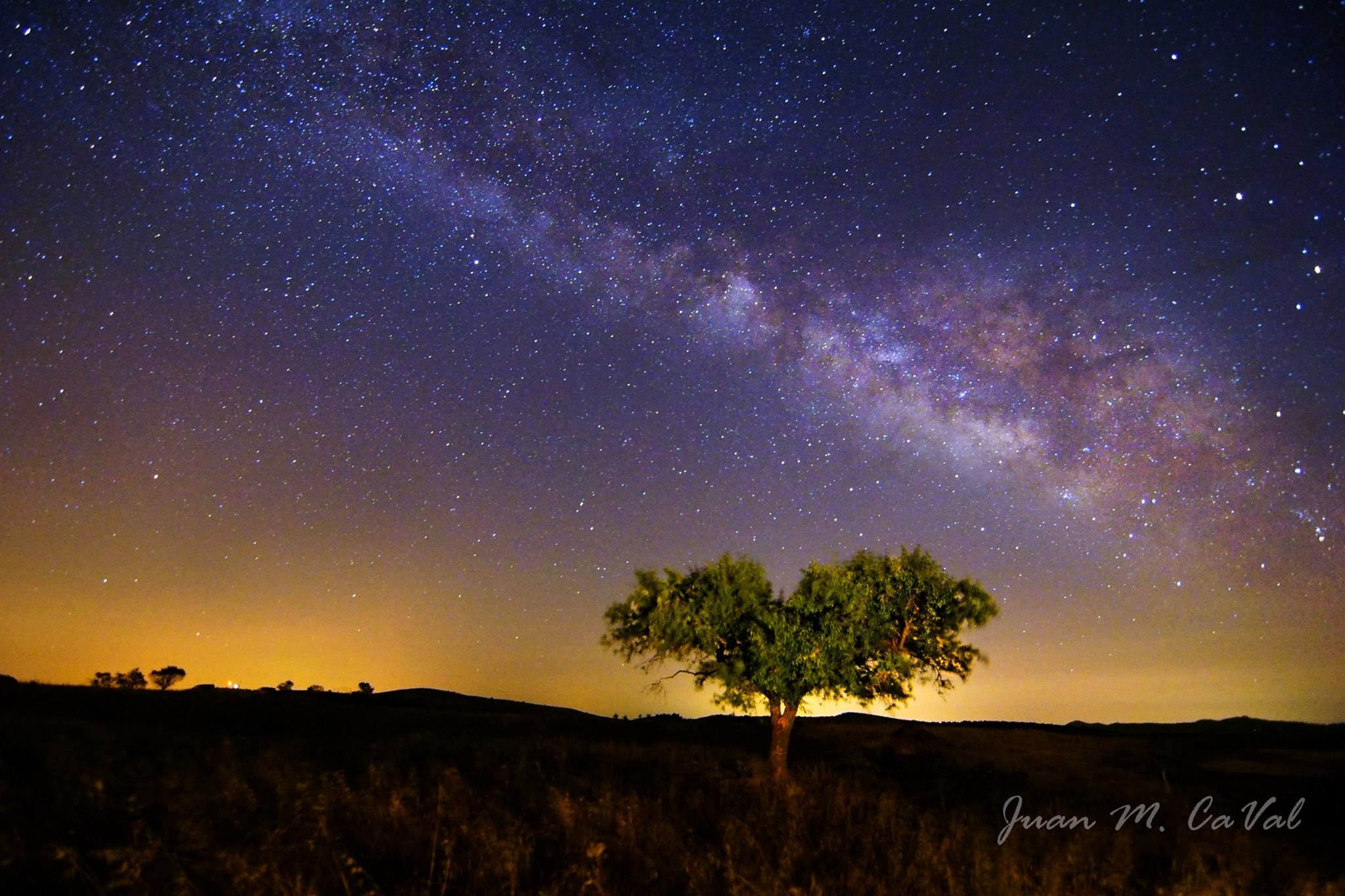 The nebula from which our Sun formed was a small nebula, apparently originating from the remains of one or two previous stars. This nebula was a cloud of gas and dust, rich in heavy minerals, as evidenced by the iron, nickel and other minerals in the earth. This, together with the age difference between the universe (about 13,000 million years) and the solar system (4,700 million years), according to experts, is what shows that our Sun is really a second or third generation star.
The nebula from which our Sun formed was a small nebula, apparently originating from the remains of one or two previous stars. This nebula was a cloud of gas and dust, rich in heavy minerals, as evidenced by the iron, nickel and other minerals in the earth. This, together with the age difference between the universe (about 13,000 million years) and the solar system (4,700 million years), according to experts, is what shows that our Sun is really a second or third generation star.
99.2% of all the mass of the solar system is in the Sun, which means that with the other 0.8% all the planets, asteroids, comets and other objects in the system are made. Of this mass, Jupiter accounts for almost two and a half times the mass of all the other planets together, this means that Jupiter is the giant planet of the solar system. And, therefore, if there had been enough gas and dust for two stars to have formed, Jupiter would be the companion of the Sun and the two together would be a binary star system.
But this was not the case, and Jupiter still lacks more than 70 times its current mass, for it to become one of the smallest stars. Masses it will never acquire, since the environment is relatively clean and the remains of material it continues to trap won’t reach the mass it would need to become one of the smallest stars.
GO TO BLOG

